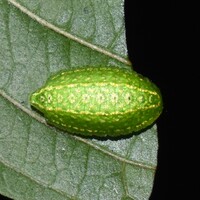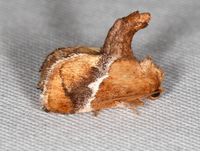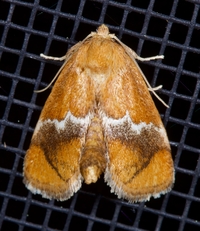 | Recorded by: B. Bockhahn on 2025-07-03
Macon Co.
Comment: |  | Recorded by: Mark Basinger on 2025-06-22
Buncombe Co.
Comment: |
 | Recorded by: Ken Kneidel on 2025-06-03
Mecklenburg Co.
Comment: |  | Recorded by: Ken Kneidel on 2025-06-03
Mecklenburg Co.
Comment: |
 | Recorded by: Mark Basinger on 2025-05-31
Brunswick Co.
Comment: | 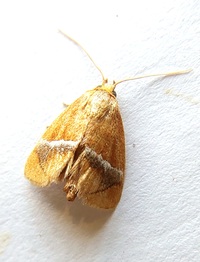 | Recorded by: Mark Basinger on 2025-05-31
Brunswick Co.
Comment: |
 | Recorded by: Mark Basinger on 2025-05-21
Wilson Co.
Comment: |  | Recorded by: Mark Basinger on 2025-05-16
Wilson Co.
Comment: |
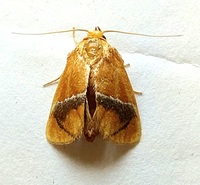 | Recorded by: Mark Basinger on 2025-05-03
Brunswick Co.
Comment: | 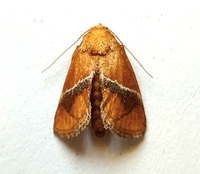 | Recorded by: Mark Basinger and Miles Buddy on 2025-04-26
Brunswick Co.
Comment: |
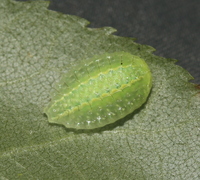 | Recorded by: David George, Steve Hall on 2024-08-31
Chatham Co.
Comment: | 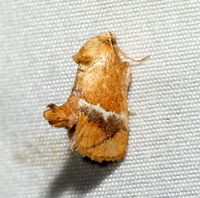 | Recorded by: David George, Jeff Niznik, Kenneth Geisert, David Bradley, Julie Tuttle, Patrick Coin, Kaitlyn Elliott, Becky Watkins on 2024-08-17
Durham Co.
Comment: |
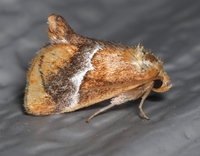 | Recorded by: Jim Petranka on 2024-08-17
Madison Co.
Comment: | 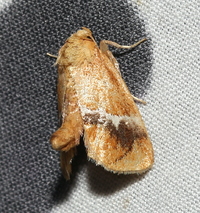 | Recorded by: David George, Jeff Niznik, Kevin Bischof on 2024-08-07
Transylvania Co.
Comment: |
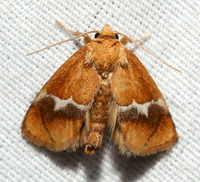 | Recorded by: David George, Jeff Niznik on 2024-08-06
Transylvania Co.
Comment: | 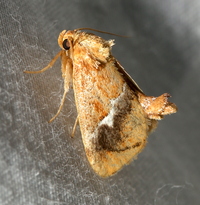 | Recorded by: David George, Jeff Niznik on 2024-08-05
Transylvania Co.
Comment: |
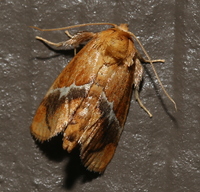 | Recorded by: David George, Jeff Niznik on 2024-08-05
Transylvania Co.
Comment: | 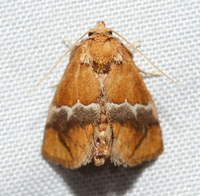 | Recorded by: David George, Jeff Niznik, Stephen Dunn on 2024-08-02
Chatham Co.
Comment: |
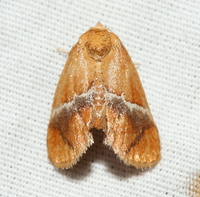 | Recorded by: David George, Jeff Niznik, Stephen Dunn on 2024-08-02
Chatham Co.
Comment: | 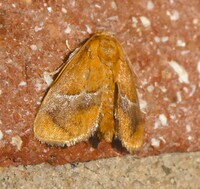 | Recorded by: Simpson Eason on 2024-08-02
Durham Co.
Comment: |
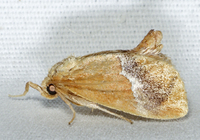 | Recorded by: John Petranka on 2024-07-31
Orange Co.
Comment: | 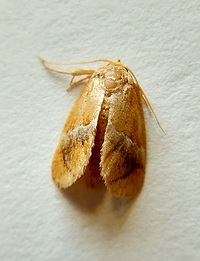 | Recorded by: Mark Basinger on 2024-07-30
Wilson Co.
Comment: |
 | Recorded by: Mark Basinger on 2024-07-29
Wilson Co.
Comment: | 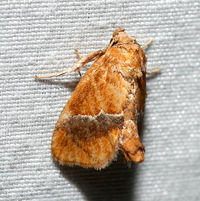 | Recorded by: David George, Jeff Niznik, Patrick Coin, Steve Hall, Carol Tingley, Tom Howard on 2024-07-27
Chatham Co.
Comment: |
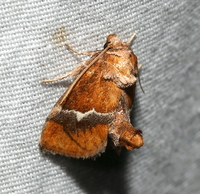 | Recorded by: David George, Jeff Niznik, Patrick Coin, Steve Hall, Carol Tingley, Tom Howard on 2024-07-27
Chatham Co.
Comment: | 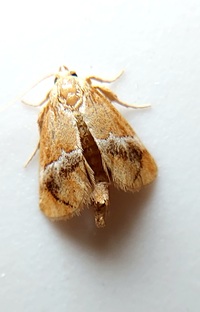 | Recorded by: Mark Basinger on 2024-07-27
Rowan Co.
Comment: |
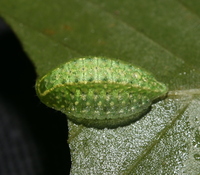 | Recorded by: David George on 2024-07-20
Chatham Co.
Comment: | 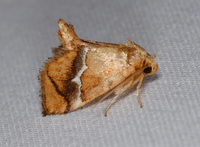 | Recorded by: Jim Petranka on 2024-07-16
Madison Co.
Comment: |
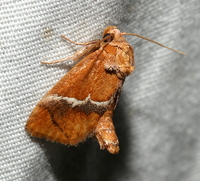 | Recorded by: David George on 2024-07-15
Chatham Co.
Comment: | 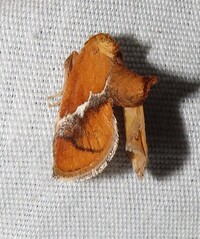 | Recorded by: B. Bockhahn on 2024-07-14
Macon Co.
Comment: |
|

 »
»